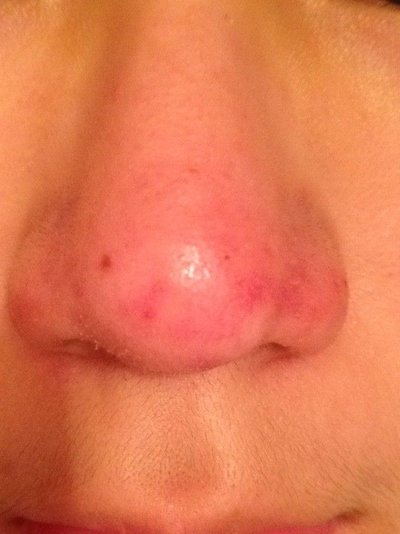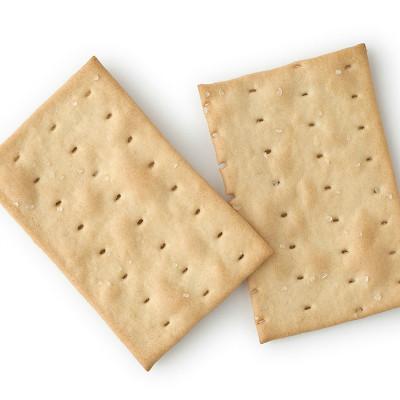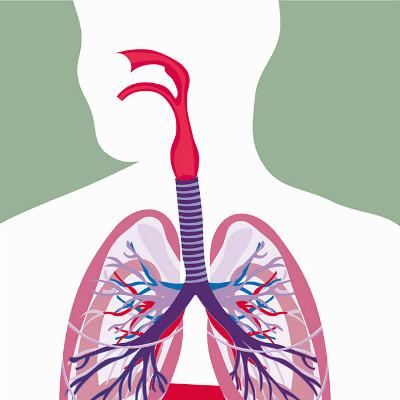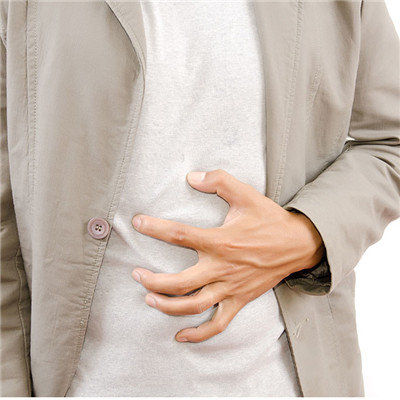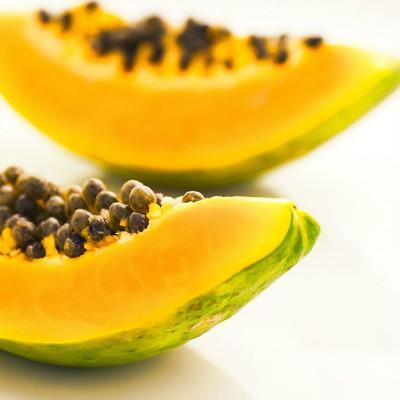What are the symptoms of peripheral neuropathy?
summary
Peripheral nerve injury is common in peacetime and wartime. According to some statistics of war injuries in the Second World War, nerve injuries of limbs account for about 10% of the total number of injuries, and about 60% of firearm fractures are combined with nerve injuries. Ulnar nerve, median nerve, radial nerve, sciatic nerve and common peroneal nerve were the most common nerve injuries. There were more nerve injuries in upper limbs, accounting for 60-70%. What are the symptoms of peripheral neuropathy.
What are the symptoms of peripheral neuropathy?
The main manifestations of brachial plexus injury were motor and sensory disturbance of nerve root type. The upper part of the brachial plexus injury is characterized by the whole upper limb drooping, upper arm adduction, no abduction and external rotation, forearm adduction and extension, no pronation, supination or bending, and a long and narrow sensory disturbance area on the shoulder blade, upper arm and outside of the forearm. The lower part of the brachial plexus injury is characterized by atrophy of the small muscles of the hand and claw shape, sensory loss on the ulnar side of the hand and the medial side of the forearm, and sometimes Horner's syndrome.
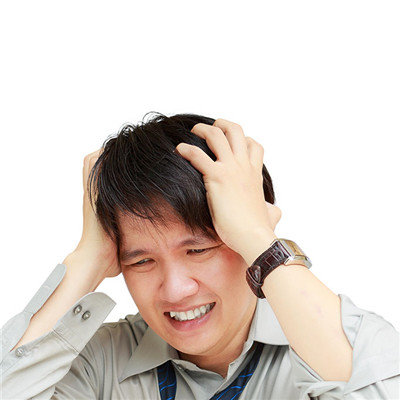
Axillary nerve injury, dyskinesia, shoulder abduction decreased. Deltoid area skin sensory disturbance. The angular muscle atrophy, the shoulder lost the appearance of circular uplift, the acromion protruded, forming a "square shoulder".

Musculocutaneous nerve injury musculocutaneous nerve from the lateral bundle, oblique through the Coracobrachial muscle, through the biceps brachii and brachial muscle down, and send out branches to dominate the three muscles. The terminal branch is located on the lateral side slightly above the elbow joint and passes through the deep fascia of the arm. It is renamed as the lateral cutaneous nerve of the forearm and distributed on the lateral skin of the forearm. Skin sensory disturbance of biceps brachii, brachii and lateral forearm after musculocutaneous nerve injury.

matters needing attention
Peripheral nerve injury appropriate diet: drink more water, eat more fruits, vegetables, patients should take more water. Eat more fruits, vegetables, nuts, seeds, cereals and other beneficial food. Eat more oats, often eat oats to improve the overall condition of the nerve.



